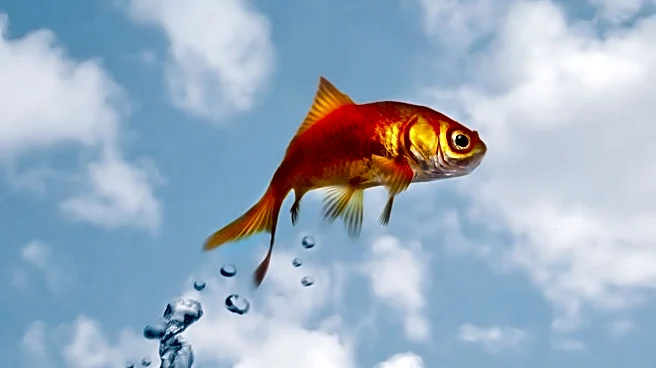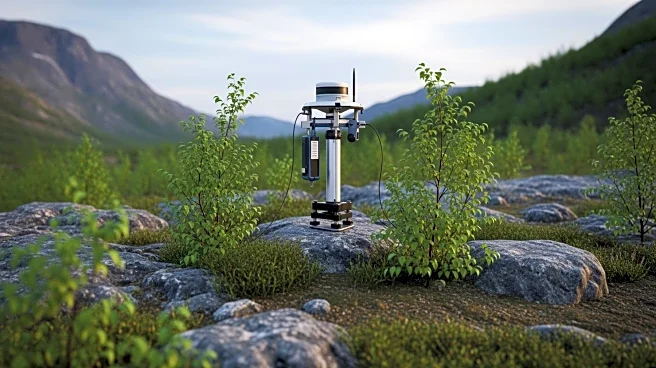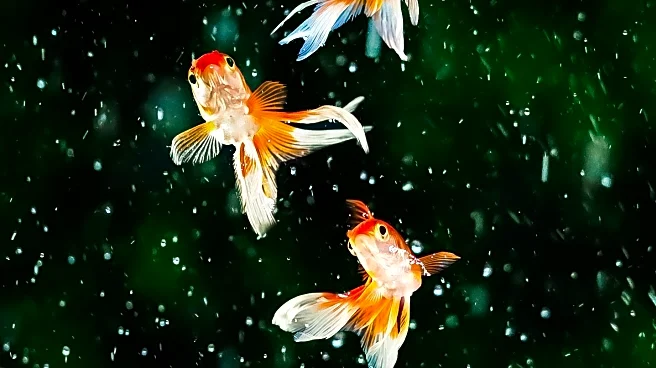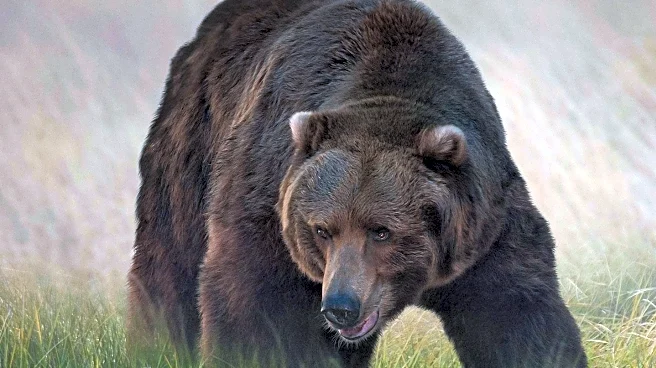What's Happening?
Marie Ahlstrom, a resident of Turtle Lake, Saskatchewan, experienced an unusual event when a fish fell from the sky and shattered her car's windshield while she was driving home on September 19. Initially
mistaking the object for a rock, Ahlstrom later identified the fish by the impression of its scales on the windshield. The incident, which also damaged the side mirror, was not initially covered by her insurance under the wildlife collision policy, as fish are not considered wildlife. However, the insurance company eventually resolved the matter. Such occurrences, though rare, have been noted in the Turtle Lake region, often attributed to birds like ospreys or bald eagles dropping their catch.
Why It's Important?
This incident highlights the unique challenges faced by insurance companies in categorizing and covering unusual claims. It also underscores the interactions between wildlife and human environments, particularly in regions where birds of prey are common. The event serves as a reminder of the unpredictable nature of wildlife behavior and its potential impact on human activities. For residents in areas with high bird populations, understanding these interactions can be crucial for safety and insurance considerations.
What's Next?
While the insurance claim was resolved, the incident may prompt discussions on insurance policy adjustments to better accommodate rare wildlife-related events. Additionally, local wildlife experts might investigate the frequency of such occurrences to better inform residents and mitigate potential risks. Increased awareness and understanding of local wildlife behavior could lead to improved safety measures for drivers in affected areas.
Beyond the Headlines
The incident raises questions about the broader implications of human-wildlife interactions, particularly in rural areas. It highlights the need for comprehensive studies on how wildlife behavior can affect human infrastructure and safety. Furthermore, it may lead to discussions on environmental conservation and the importance of maintaining natural habitats to support wildlife populations, potentially reducing such incidents.











